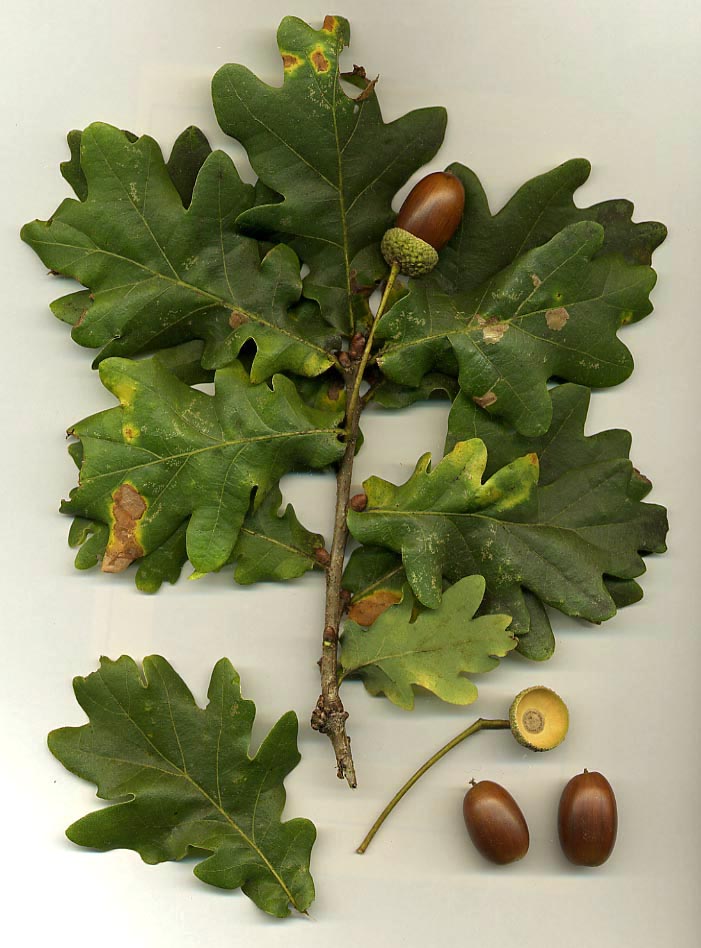Wild Edible Of The Week - Week 45 "Laver"
Botanical Name : Porphyra umbilicalis
Common names : Laver
Physical appearance : Laver starts off as narrow greenish fonds that turn a reddish purple hue as they mature. In maturity, the fonds become tough, broad and irregular in shape and can measure up to 20 cm in length.

Best places to find : Can be found at low tide, along the lower littoral part of the shoreline. Best found on beaches that include rocks covered by sand.

Edible parts : The whole plant can be eaten.
Time of year : Can be harvested all year round.
Recipe : In the UK, laver has been been used, in tradition, for making laver bread and laver sauce (as an accompaniment to lamb/mutton). In the east, Laver is used as a flavouring in many dishes such as soups, stews, pickles, preserves and as a covering for rice balls.

(Above - A dried sheet of Laver, also called Nori)
Laver patties : To make ; Wash the Laver thoroughly. Reduce the Laver to a puree, to a similar consistency to well cooked spinach. You should notice a pronounced change in colour, making the Laver almost black. Now mix this reduction with whole rolled oats. Add a generous helping of salt and pepper. Now shape into small rounds and fry in bacon fat. They are great served with a full cooked breakfast, almost in place of bubble and squeak.
Alternative recipe : Wash the Laver thoroughly. As above, reduce to a well cooked spinnanch consistency and then simmer for another 4-5 hours on a low heat. Now add some olive oil, fresh lemon or Seville orange juice and salt and pepper. Serve with freshly toasted bread.
NB! - Please be sure you know what you are picking, many plants look similar to each other and may be poisonous. However, please note that the majority of seaweeds around the British coastline are edible.
The Bushgear Team
Photos courtesy of Laurent Breillat, GameKeeper and Diadoco via Wiki Creative Commons Attribution


